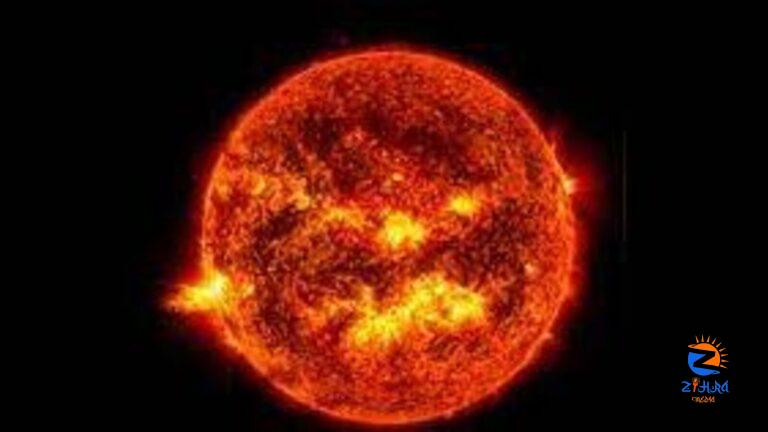
[ad_1]
National Oceanic and Atmospheric Administration (NOAA)’s Space Weather Prediction Center (SWPC) has issued an alert stating that Severe (G4) Geomagnetic Storm is expected to hit Earth for the first time since January 2005.
Calling it an unusual event, NOAA Space Weather Prediction Center in a post on X wrote, “at least five earth-directed coronial mass ejection (CME) were observed and expected to arrive as early as midday Friday, May 10, 2024, and persist through Sunday May 12.”
“SWPC forecasters will monitor NOAA and NASA’s space assets for the onset of a geomagnetic storm,” it added.
A coronial mass ejection is an erruption of solar material. When they arrive at earth, a geomagnetic storm can result. The NOAA SWPC also added that the CMEs are anticipated to merge and arrive at Earth late May 10 to early May 11. Amid this, aurora may become visible in many parts of the United States. As per NIAA SWPC, aurora may become visible over many of the northern states and some of the lower midwest to Oregon. A report by Washington Post also added that chances of seeing the auroras is also expected in Canada and northern Europe. Apart from this, clear skies has been predicted over the central states and West Coast of the United States.
Among other impacts, the NOAA SWPC advisory stated, “Geomagnetic storms can impact infrastructure in near-Earth orbit and on Earth’s surface, potentially disrupting communications, the electric power grid, navigation, radio and satellite operations. SWPC has notified the operators of these systems so they can take protective action. Geomagnetic storms can also trigger spectacular displays of aurora on Earth. A severe geomagnetic storm includes the potential for aurora to be seen as far south as Alabama and Northern California.”
Speaking on the Geomagnetic Storm, Bill Murtagh who is the program coordinator at NOAA’s SWPC said, “It is a rather volatile situation on the sun right now that we’re monitoring very closely. We’re going to get somewhat of a prolonged period of geomagnetic storming,” as quoted by The Washington Post.
In another news, on May 9, NASA also released some images of solar flares captured by NASA Goddard. In a post on Instagra, NASA wrote, “Late at night on May 7 and in the wee hours of May 8, the Sun emitted this powerful pair of solar flares. These two energetic flashes with dancing loops were captured by @NASAGoddard’s Solar Dynamics Observatory, which always has its eye on the Sun.”
Unlock a world of Benefits! From insightful newsletters to real-time stock tracking, breaking news and a personalized newsfeed – it’s all here, just a click away! Login Now!
Download The Mint News App to get Daily Market Updates.
Published: 10 May 2024, 11:49 AM IST
[ad_2]